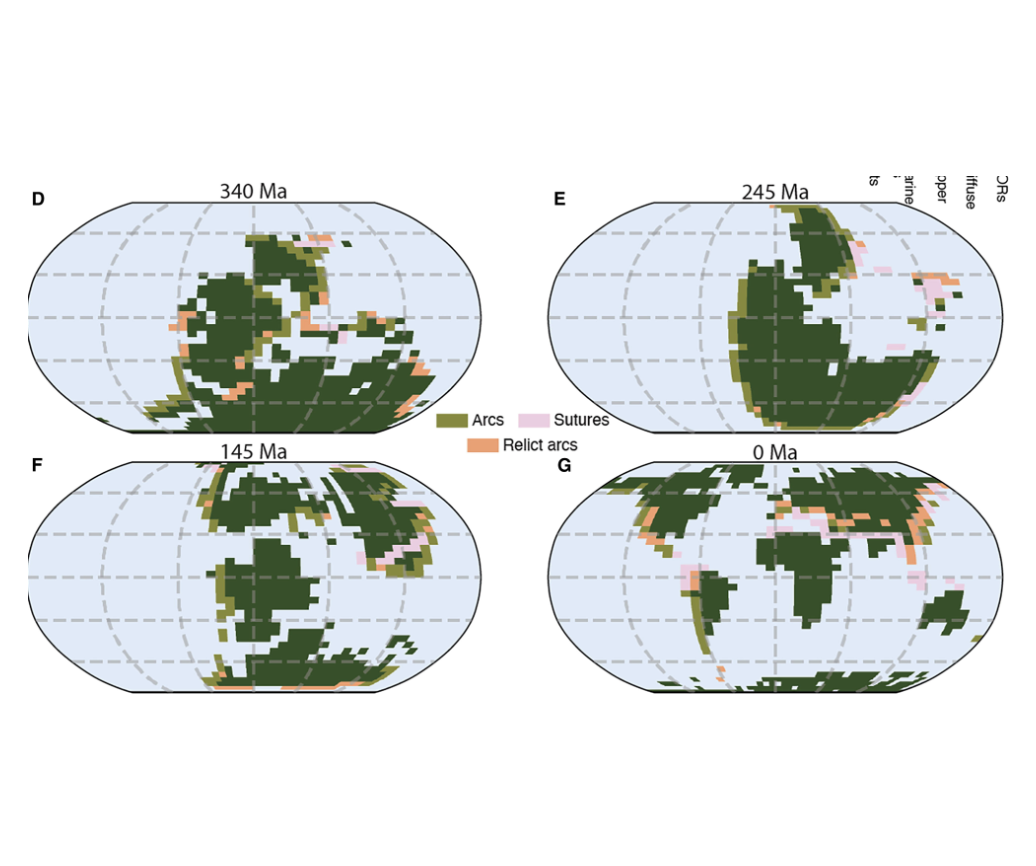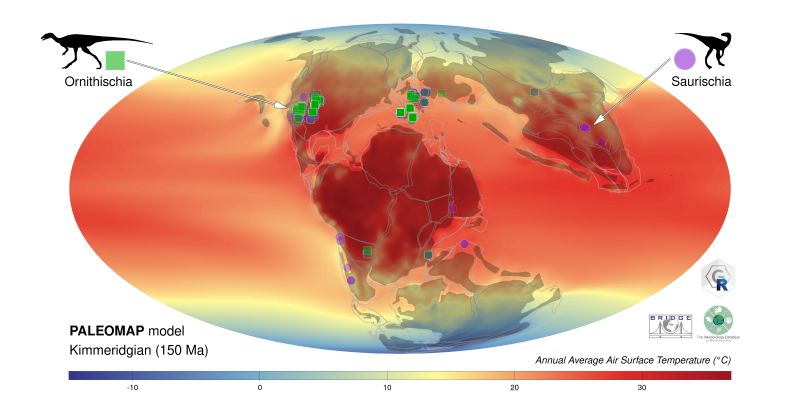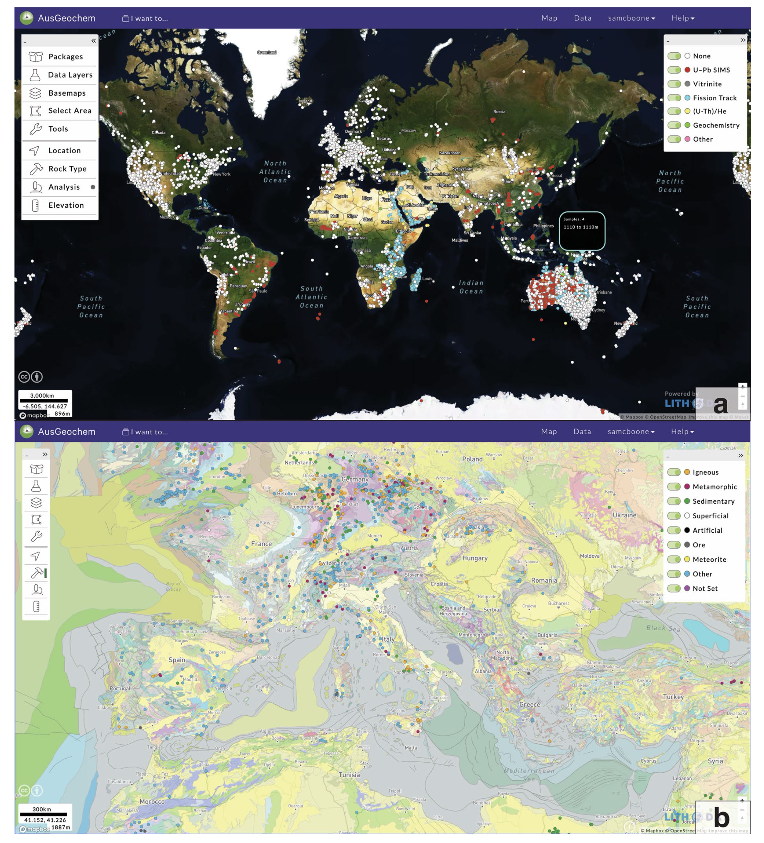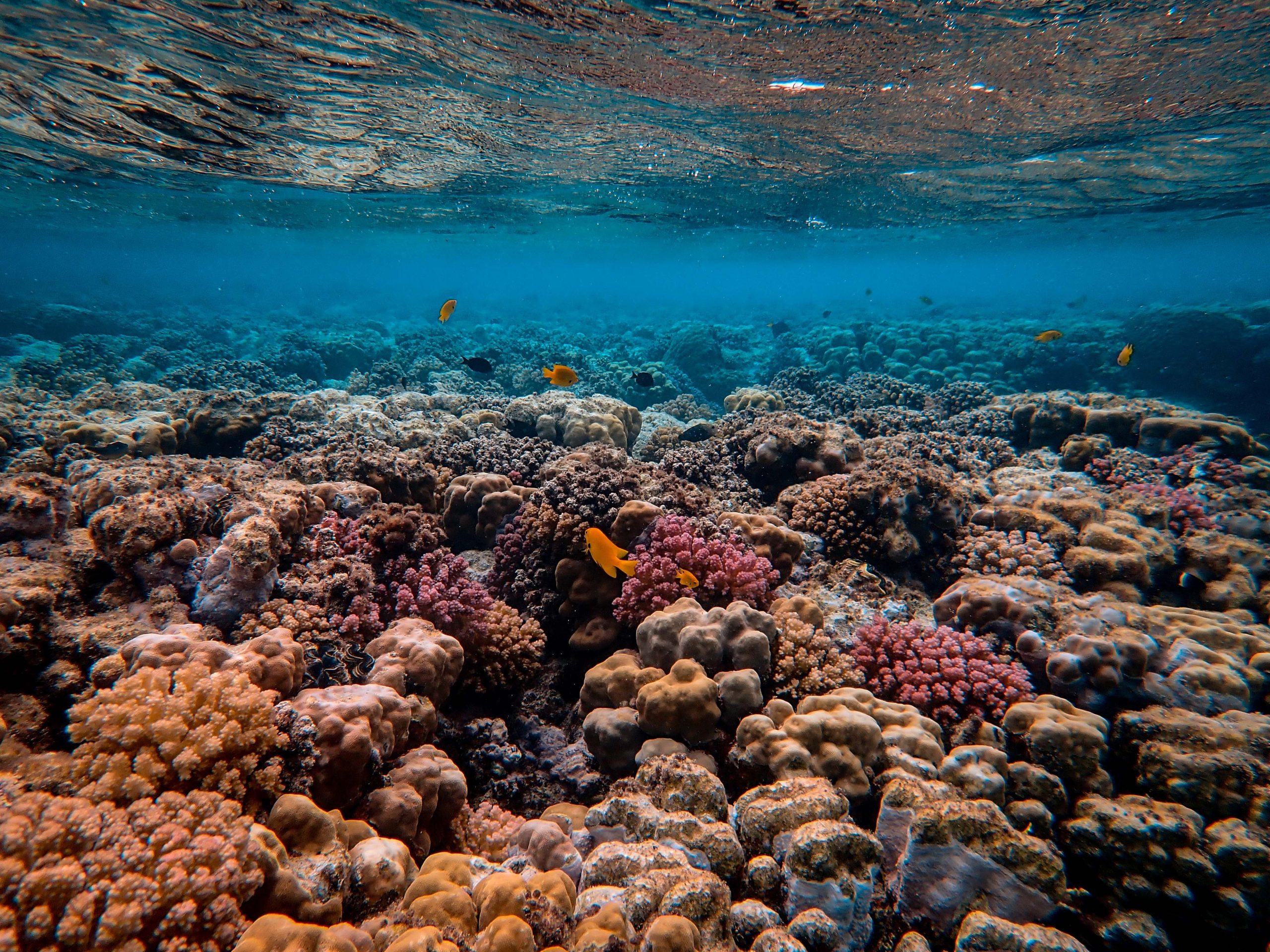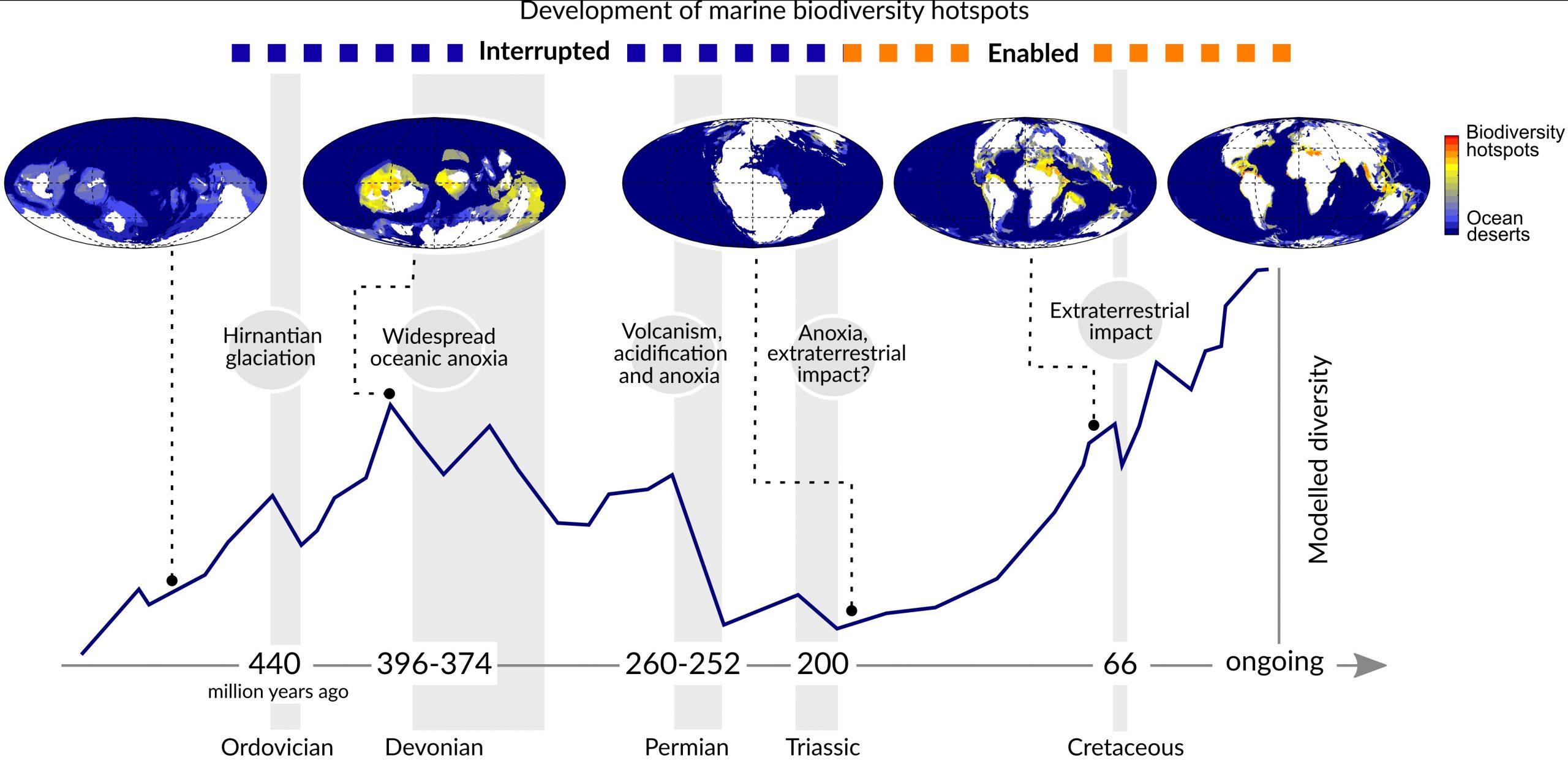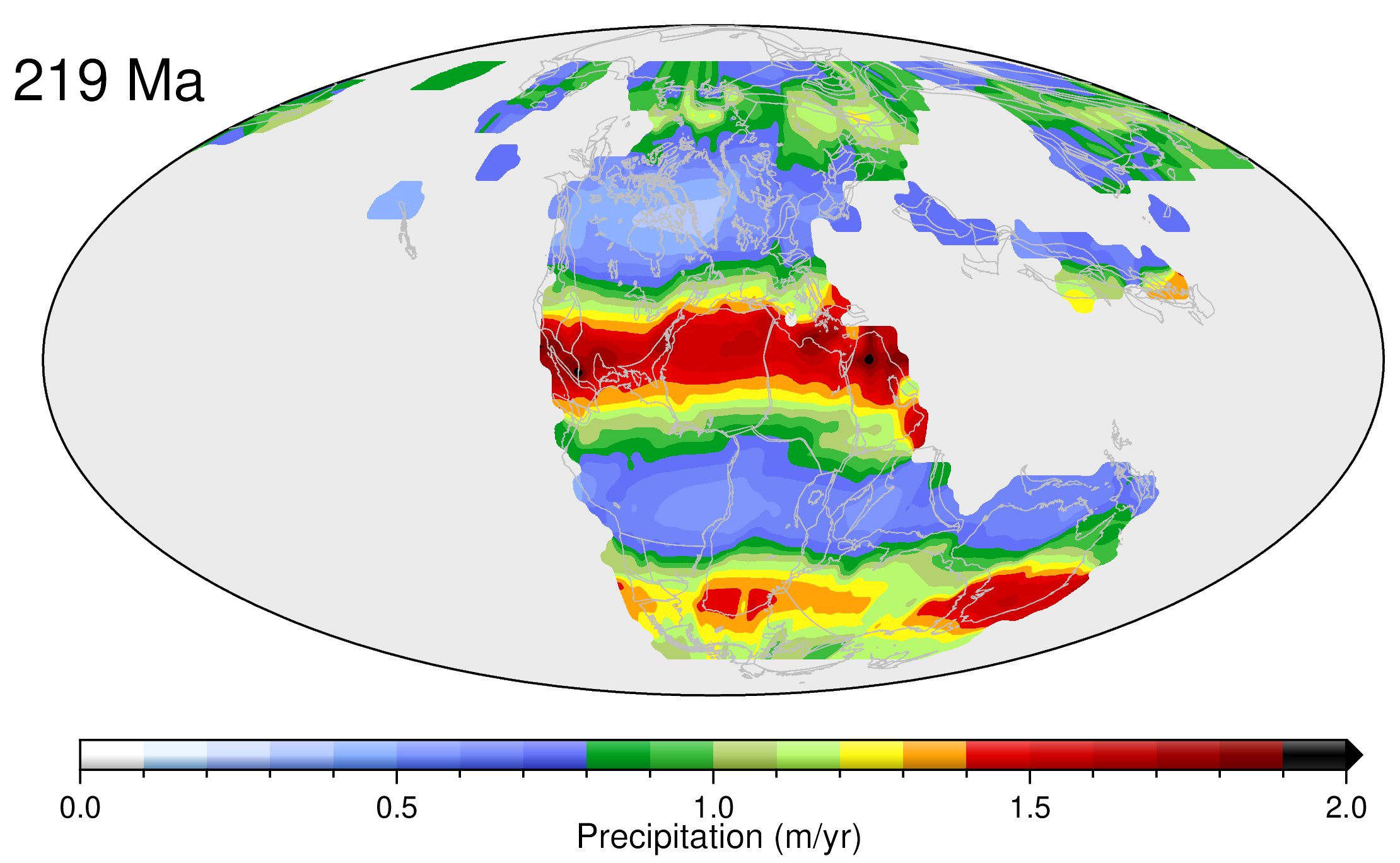Phanerozoic icehouse climates as the result of multiple solid-Earth cooling mechanisms
The Phanerozoic climate has been interrupted by two long “icehouse” intervals, including the current icehouse of the last ~34 million years. While these cool intervals correspond to lower atmospheric CO2, it is unclear why CO2 levels fell, with hypotheses suggesting changes in CO2 degassing rates or modification of silicate weathering through changing continental lithology or paleogeography. Here, … Read more…

